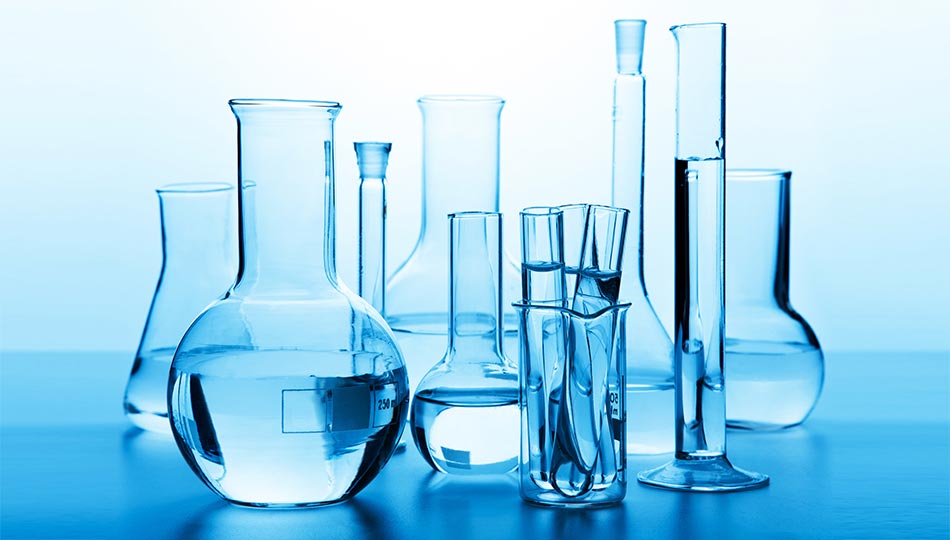What about safer alternatives?
EU chemicals legislation promotes the replacement of the most hazardous chemicals with safer ones. You can also have an impact on using safer alternatives or if substitution is not possible, reducing your exposure to the harmful ones.

Substances that cause cancer, mutations or reproductive toxins are known as "substances of very high concern" (SVHC). SVHCs may be included in a list called the Candidate List. From there they can move to the Authorisation List, meaning that they can only be placed on the market for specific authorised uses. If the substance you use in the workplace is included in the Candidate or Authorisation List, it means that sooner or later it will probably need to be replaced by a safer alternative.
One example of interest to workers is MDA (4,4'- Diaminodiphenylmethane). This is used as a curing agent in polymers and a hardener in epoxy resins and adhesives, with high exposure of workers particularly in smaller companies. Although it is on the Authorisation List, no manufacturer or user has applied to have its use authorised within the deadline, which means that for those uses identified, it has been removed from the market after 21 August 2014.
The number of substances on the Candidate List is growing. It is updated twice a year. Your employer should be aware if any substances you handle are included on this list. This applies to the substance on its own, in a mixture, or in an article, and creates additional obligations for your employer.
So how are substances of concern being controlled?
Authorisation
Authorisation progressively replaces substances of very high concern with suitable alternatives as soon as new options arise that are technically and economically feasible. It is a temporary measure to make sure that substances of very high concern are properly controlled until the substances are replaced by safer alternatives.
Restriction
Hazardous substances can also be restricted in terms of their manufacture, placing on the market or use. Restrictions under REACH are adopted when risks are unacceptable and EU-wide action is needed to protect us or the environment. Restrictions apply for example, to asbestos, lead in paints and mercury in measuring devices.
Biocidal Products Regulation
The Biocidal Products Regulation aims to exclude substances that are, for example, carcinogenic, mutagenic or toxic to reproduction. It also promotes the replacement of biocidal products that contain substances that could cause, for example, asthma or other respiratory problems. These products will not be authorised and will be replaced with safer alternatives.
Ask your employer
When searching our chemicals databases, if you notice that a chemical used in your workplace is under regulatory action, urge your employer to eliminate the need for this chemical or to consider replacing it with a safer alternative. This will improve safety at your work and could be beneficial for your business.
Take a look at the substitution portal for ideas that can help you find safer alternatives.
Read Also
-
 general
generalFirst aid for chemical exposure
Poisons are substances that cause harm when you ingest them, breathe them in or they come into contact with your skin or eyes. Even if you are extremely careful and make sure your chemicals are stored out of reach, exposure can still happen. If it does, your national poison centre is there to help you.
READ MORE -
 Environment
EnvironmentChemicals in agriculture
Conventional farming makes use of pesticides to protect plants and fertilisers to enhance their growth and fertility. In organic farming, their use is heavily restricted. In both types of farming, the EU is working for safer products for consumers.
READ MORE
